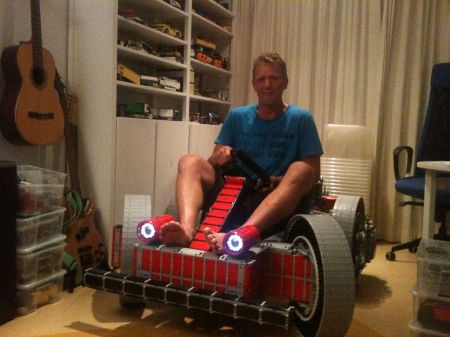
For all the Arduino-based video game builds we’ve seen, we’re really only left with a bunch of 2D platformers and other sprite-based games. [Reimecker] wasn’t satisfied with this level of computational complexity, so he ported the 3D game engine made famous by Duke Nukem 3D to the Arduino (German, Google translation).
[Reimecker]’s project is based on the very popular Build Engine written by [Ken Silverman] and used in games such as Duke Nukem 3D, Shadow Warrior, Blood, and TekWar. The Build Engine can be used to make a first person shooter, but more on the level of Wolfenstein 3D instead of Half-Life.
The hardware [Reimecker] used is a regular ‘ol 8-bit Arduino with an attached LCD touch screen displaying 320×240 pixels of a ray cast environment. From the videos of the build (available after the break), [Reimecker] has a fairly decent game engine capable of displaying a 2.5D environment. The frame rate might not be very high, but it’s still an amazing build considering the hardware [Reimecker] is working with.
















